Home>Home Appliances>Kitchen Appliances>How To Dry Dandelion Leaves Without A Dehydrator
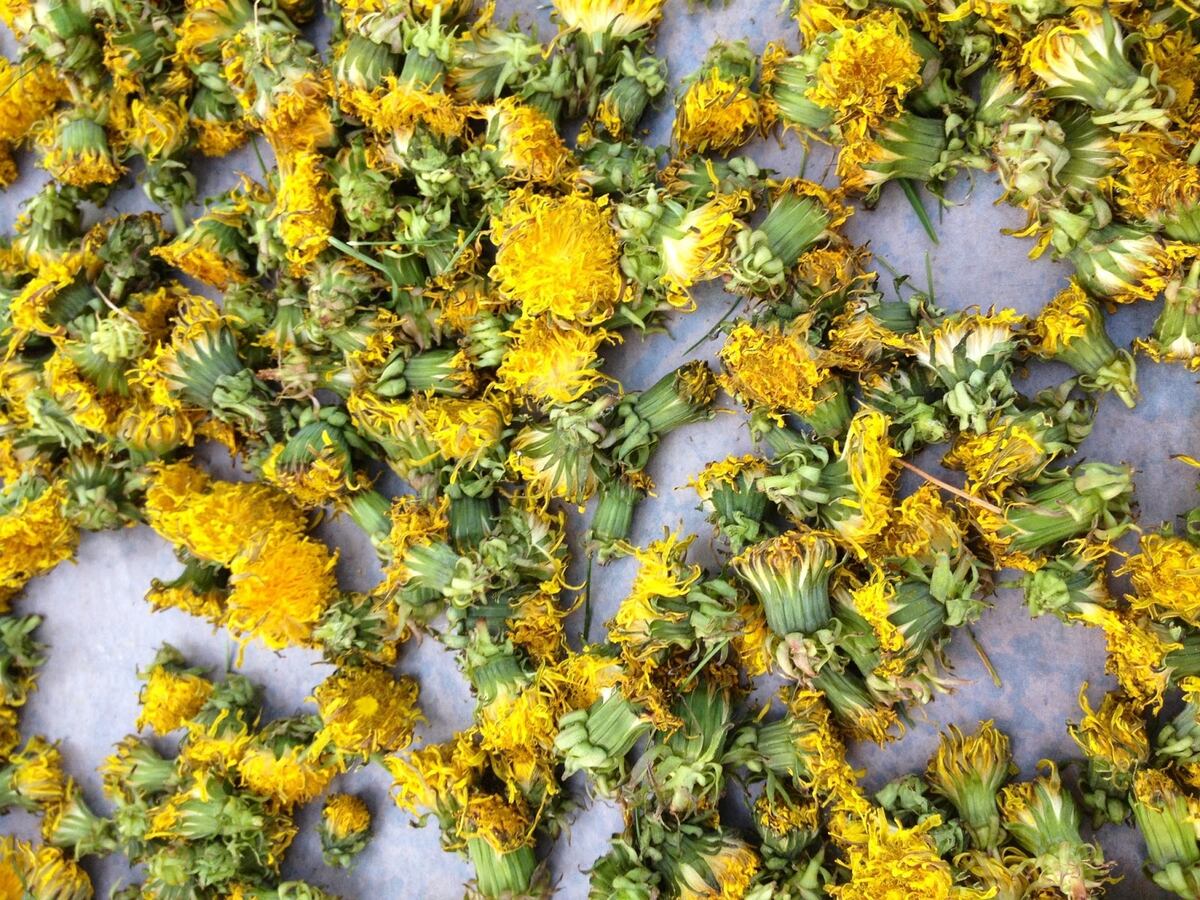

Kitchen Appliances
How To Dry Dandelion Leaves Without A Dehydrator
Modified: August 27, 2024
Learn how to dry dandelion leaves without a dehydrator using simple kitchen appliances. Discover easy methods for preserving dandelion leaves at home.
(Many of the links in this article redirect to a specific reviewed product. Your purchase of these products through affiliate links helps to generate commission for Storables.com, at no extra cost. Learn more)
Introduction
Dandelions are not just pesky weeds; they are also rich in nutrients and have been used for centuries in traditional medicine and culinary applications. One of the best ways to preserve their goodness is by drying their leaves. While a food dehydrator is a convenient tool for this purpose, not everyone has one at their disposal. Fear not! There are alternative methods for drying dandelion leaves without a dehydrator, and we are here to guide you through them.
In this comprehensive guide, we will explore the various techniques for drying dandelion leaves using common household items. Whether you prefer air-drying, oven-drying, or even microwave-drying, we have got you covered. Additionally, we will delve into the reasons why drying dandelion leaves is beneficial and how to properly store them once dried. By the end of this article, you will be equipped with the knowledge and confidence to embark on your dandelion-drying journey, ensuring that you can enjoy the benefits of this versatile plant all year round.
So, grab your apron and prepare to embark on a delightful and rewarding culinary adventure as we uncover the art of drying dandelion leaves without a dehydrator.
Key Takeaways:
- Drying dandelion leaves preserves their nutrients and flavor, making them versatile for cooking and herbal remedies. Air-drying, oven-drying, or microwave-drying are accessible methods for anyone without a dehydrator.
- Proper storage of dried dandelion leaves in airtight containers, labeling, and freezing options ensures their quality and longevity. Embrace the culinary and wellness potential of dried dandelion leaves all year round.
Why Dry Dandelion Leaves
Dandelion leaves are a powerhouse of nutrients, boasting an array of vitamins, minerals, and antioxidants. By drying dandelion leaves, you can preserve their nutritional value and extend their shelf life. Here are some compelling reasons to consider drying dandelion leaves:
- Nutritional Preservation: Drying dandelion leaves allows you to retain their valuable nutrients, including vitamin A, vitamin C, vitamin K, and various B vitamins. Additionally, dandelion leaves are a good source of minerals such as iron, calcium, potassium, and magnesium. By preserving these nutrients through drying, you can incorporate dandelion leaves into your diet even when they are out of season.
- Culinary Versatility: Dried dandelion leaves can be used in a wide range of culinary applications. From adding a nutritious boost to soups, stews, and salads to brewing dandelion tea, the dried leaves offer a versatile and flavorful addition to your culinary repertoire.
- Medicinal Benefits: In traditional medicine, dandelion leaves have been used to support liver health, aid digestion, and act as a diuretic. By drying dandelion leaves, you can harness their potential medicinal properties for homemade herbal remedies and teas.
- Year-Round Availability: Drying dandelion leaves enables you to enjoy their benefits throughout the year, regardless of the seasonal availability of fresh dandelion greens. This ensures a consistent supply of this nutritional powerhouse for your culinary and wellness needs.
- Sustainability: By drying dandelion leaves from your own garden or foraged sources, you can reduce food waste and make the most of this abundant and resilient plant. This sustainable approach aligns with the principles of utilizing natural resources responsibly.
With these compelling reasons in mind, it becomes clear that drying dandelion leaves is a valuable practice that allows you to make the most of this humble yet extraordinary plant. Whether you are drawn to their nutritional benefits, culinary potential, or medicinal properties, drying dandelion leaves opens up a world of possibilities for incorporating this versatile ingredient into your lifestyle.
Methods for Drying Dandelion Leaves Without a Dehydrator
While a food dehydrator is a convenient appliance for drying dandelion leaves, there are alternative methods that can be just as effective. Whether you prefer a hands-off approach like air-drying or a quicker method such as oven-drying or microwave-drying, there is a technique to suit every preference. Let’s explore these methods in detail:
- Air Drying: This traditional method requires minimal equipment and is ideal for preserving the delicate flavors and nutrients of dandelion leaves. To air dry dandelion leaves, start by harvesting fresh, healthy leaves and gently wash them to remove any dirt or debris. Pat the leaves dry with a clean kitchen towel or paper towels. Next, tie the leaves into small bundles using kitchen twine or rubber bands and hang them upside down in a well-ventilated area away from direct sunlight. Allow the leaves to air dry for approximately 1-2 weeks or until they are completely dry and crisp to the touch.
- Oven Drying: If you prefer a faster drying method, the oven can be used to dry dandelion leaves efficiently. Preheat your oven to its lowest setting, usually around 140-150°F (60-65°C). Prepare the dandelion leaves as you would for air drying, ensuring they are clean and dry. Place the leaves in a single layer on a baking sheet lined with parchment paper, ensuring they are not overlapping. Place the baking sheet in the oven and prop the oven door open slightly to allow moisture to escape. Check the leaves regularly and rotate the baking sheet for even drying. Depending on the oven’s temperature and humidity levels, the leaves should dry within 2-4 hours.
- Microwave Drying: While unconventional, the microwave can be used to quickly dry small batches of dandelion leaves. Lay the clean and dry leaves in a single layer between two paper towels. Microwave the leaves in short bursts of 30 seconds to 1 minute, checking for dryness after each interval. Be cautious not to overheat the leaves, as this can affect their flavor and nutritional content. Once the leaves are dry and brittle, allow them to cool before transferring them to an airtight container.
Each of these methods offers a unique approach to drying dandelion leaves without the need for a dehydrator. Whether you opt for the slow and gentle air-drying method, the efficient oven-drying technique, or the expedited microwave-drying process, you can achieve beautifully dried dandelion leaves that are ready to enhance your culinary creations and wellness rituals.
Air Drying Dandelion Leaves
Air drying is a time-honored method for preserving the freshness and flavor of dandelion leaves without the need for special equipment. This gentle process allows the leaves to dry naturally, resulting in a product that retains its nutritional value and vibrant green color. Here’s a step-by-step guide to air drying dandelion leaves:
- Harvesting the Leaves: Begin by harvesting fresh and healthy dandelion leaves from your garden or another pesticide-free area. Choose leaves that are free from blemishes and damage, as these imperfections can affect the quality of the dried product.
- Washing and Drying: Carefully wash the harvested leaves to remove any dirt, insects, or debris. Gently pat the leaves dry with a clean kitchen towel or paper towels to remove excess moisture. It’s important to ensure that the leaves are completely dry before proceeding to the next step.
- Bundling the Leaves: Once the leaves are dry, gather them into small bundles and secure them with kitchen twine or rubber bands. Bundling the leaves helps maintain their shape and facilitates the drying process.
- Hanging the Bundles: Find a well-ventilated area that is away from direct sunlight and moisture. Hanging the bundles of dandelion leaves upside down allows for proper air circulation and prevents the accumulation of moisture, which can lead to mold and spoilage. You can use a clothesline, a drying rack, or hooks to suspend the bundles.
- Patience and Monitoring: Allow the dandelion leaves to air dry for approximately 1-2 weeks, depending on environmental conditions. Check the leaves periodically to ensure they are drying evenly and are free from mold or pests. The leaves are ready when they are completely dry and brittle to the touch.
- Storage: Once the dandelion leaves are thoroughly dried, carefully remove the leaves from the bundles and store them in airtight containers, such as glass jars or resealable bags. Keep the containers in a cool, dark place to protect the dried leaves from light and moisture, which can compromise their quality over time.
Air-dried dandelion leaves offer a delightful earthy flavor and a concentrated dose of nutrients, making them a valuable addition to your culinary endeavors and wellness routines. By following these simple steps, you can savor the essence of dandelion leaves throughout the year, infusing your dishes and beverages with their distinctive character and health-enhancing properties.
Spread dandelion leaves in a single layer on a clean, dry towel. Place in a warm, well-ventilated area and allow to air dry for 1-2 weeks, turning the leaves occasionally until they are completely dry.
Oven Drying Dandelion Leaves
Oven drying is a convenient method for quickly and efficiently drying dandelion leaves, making it an ideal choice for those seeking a faster drying process without the need for specialized equipment. Here’s a detailed guide to oven drying dandelion leaves:
- Preparation: Begin by preheating your oven to its lowest setting, typically around 140-150°F (60-65°C). This low temperature helps preserve the nutritional content and delicate flavors of the dandelion leaves during the drying process.
- Cleaning the Leaves: Ensure that the dandelion leaves are clean and free from any dirt or debris. Gently wash the leaves and pat them dry with a clean kitchen towel or paper towels to remove excess moisture.
- Arranging the Leaves: Place the clean and dry dandelion leaves in a single layer on a baking sheet lined with parchment paper. It’s important to arrange the leaves without overlapping to ensure even drying.
- Drying Process: Once the leaves are arranged on the baking sheet, place it in the preheated oven. To facilitate moisture evaporation, prop the oven door open slightly using a wooden spoon or oven-safe object. This allows air circulation and prevents the accumulation of moisture inside the oven.
- Monitoring and Rotating: Keep a close eye on the dandelion leaves as they dry in the oven. Depending on the oven’s temperature and humidity levels, the leaves should dry within 2-4 hours. It’s essential to rotate the baking sheet at regular intervals to ensure that the leaves dry evenly on all sides.
- Checking for Dryness: To determine if the dandelion leaves are adequately dried, carefully remove a leaf and allow it to cool. Once cooled, check for crispness and brittleness. If the leaf breaks easily and is devoid of moisture, the leaves are ready for the next step.
- Storage: After the dandelion leaves have been successfully dried, allow them to cool completely before transferring them to airtight containers. Store the dried leaves in a cool, dark place to maintain their quality and flavor over time.
Oven-dried dandelion leaves offer a concentrated burst of flavor and nutrition, making them a versatile ingredient for culinary exploration and herbal preparations. By following these simple steps, you can harness the essence of dandelion leaves in their dried form, ready to infuse your dishes and beverages with their unique character and healthful properties.
Read more: How To Dry Basil Leaves In A Dehydrator
Microwave Drying Dandelion Leaves
While unconventional, the microwave can be utilized to expedite the drying process for small batches of dandelion leaves, offering a quick and convenient alternative to traditional drying methods. Here’s a comprehensive guide to microwave drying dandelion leaves:
- Preparing the Leaves: Begin by selecting fresh and clean dandelion leaves for drying. Ensure that the leaves are free from any moisture or debris. Lay the leaves in a single layer between two paper towels, allowing for even heat distribution during the drying process.
- Microwaving in Intervals: Place the prepared dandelion leaves in the microwave and set the power to its lowest setting. Microwave the leaves in short bursts of 30 seconds to 1 minute, depending on your microwave’s power. It’s crucial to monitor the leaves closely and check for dryness after each interval to prevent overheating and ensure even drying.
- Checking for Dryness: After each interval, carefully remove a leaf and allow it to cool before testing for dryness. The leaves are ready when they are crisp and brittle to the touch, indicating the absence of moisture.
- Cooling and Storage: Once the dandelion leaves are adequately dried, allow them to cool completely before transferring them to airtight containers. Storing the dried leaves in a cool, dark place helps maintain their flavor and nutritional integrity over time.
Microwave-dried dandelion leaves offer a swift and efficient way to preserve the essence of this versatile plant, allowing you to incorporate its unique qualities into your culinary creations and wellness rituals. By following these straightforward steps, you can harness the nutritional and sensory benefits of dandelion leaves in their dried form, ready to infuse your dishes and beverages with their distinctive character and healthful properties.
Storing Dried Dandelion Leaves
Proper storage is essential for maintaining the quality, flavor, and nutritional potency of dried dandelion leaves. Whether you have air-dried, oven-dried, or microwave-dried the leaves, the following guidelines will help you store them effectively for future use:
- Airtight Containers: Transfer the completely cooled dried dandelion leaves to airtight containers, such as glass jars with tight-fitting lids or resealable bags. Airtight containers help protect the dried leaves from exposure to moisture, light, and air, which can compromise their quality over time.
- Storage Location: Store the airtight containers of dried dandelion leaves in a cool, dark, and dry environment. Excessive exposure to light and heat can degrade the flavor, color, and nutrients of the dried leaves, so it’s crucial to choose a suitable storage location away from direct sunlight and heat sources.
- Labeling and Dating: To ensure proper rotation and identification, label the containers with the contents and the date of drying. Proper labeling allows you to track the freshness of the dried leaves and use them within a reasonable timeframe to enjoy their optimal flavor and nutritional benefits.
- Freezing Option: If you anticipate storing the dried dandelion leaves for an extended period, consider freezing them in airtight freezer bags or vacuum-sealed packages. Freezing helps preserve the leaves for a longer duration, maintaining their flavor and nutrients until you are ready to use them.
By adhering to these storage practices, you can safeguard the quality and integrity of your dried dandelion leaves, ensuring that they remain a valuable and flavorful ingredient in your culinary repertoire. Whether you choose to store them at room temperature or opt for long-term freezing, these storage guidelines will help you make the most of your dried dandelion leaves for months to come.
Conclusion
Embarking on the journey of drying dandelion leaves without a dehydrator opens up a world of culinary and wellness possibilities, allowing you to harness the nutritional benefits and vibrant flavors of this versatile plant throughout the year. Whether you opt for the gentle art of air-drying, the efficient method of oven-drying, or the expedited approach of microwave-drying, each technique offers a unique pathway to preserving the essence of dandelion leaves in their dried form.
By drying dandelion leaves, you can savor their earthy and slightly bitter notes in a myriad of culinary creations, including teas, soups, salads, and beyond. Additionally, the preserved leaves serve as a valuable ingredient in homemade herbal remedies and wellness rituals, offering a concentrated dose of vitamins, minerals, and antioxidants.
As you delve into the art of drying dandelion leaves, remember that proper storage is key to maintaining their quality and potency. Whether you opt for airtight containers at room temperature or choose the freezing option for long-term storage, ensuring that the dried leaves are shielded from light, moisture, and heat will prolong their shelf life and preserve their nutritional integrity.
So, whether you are a culinary enthusiast seeking to elevate your dishes with a nutritious and distinctive ingredient or an herbal wellness advocate harnessing the potential of dandelion leaves for homemade remedies, the art of drying dandelion leaves without a dehydrator empowers you to make the most of this resilient and abundant plant.
With the knowledge and techniques outlined in this guide, you are well-equipped to embark on your dandelion-drying adventure, infusing your culinary creations and wellness practices with the essence of this extraordinary plant. Embrace the flavors, embrace the nutrients, and embrace the journey of drying dandelion leaves without a dehydrator, knowing that you have unlocked a world of possibilities right in your kitchen.
Frequently Asked Questions about How To Dry Dandelion Leaves Without A Dehydrator
Was this page helpful?
At Storables.com, we guarantee accurate and reliable information. Our content, validated by Expert Board Contributors, is crafted following stringent Editorial Policies. We're committed to providing you with well-researched, expert-backed insights for all your informational needs.
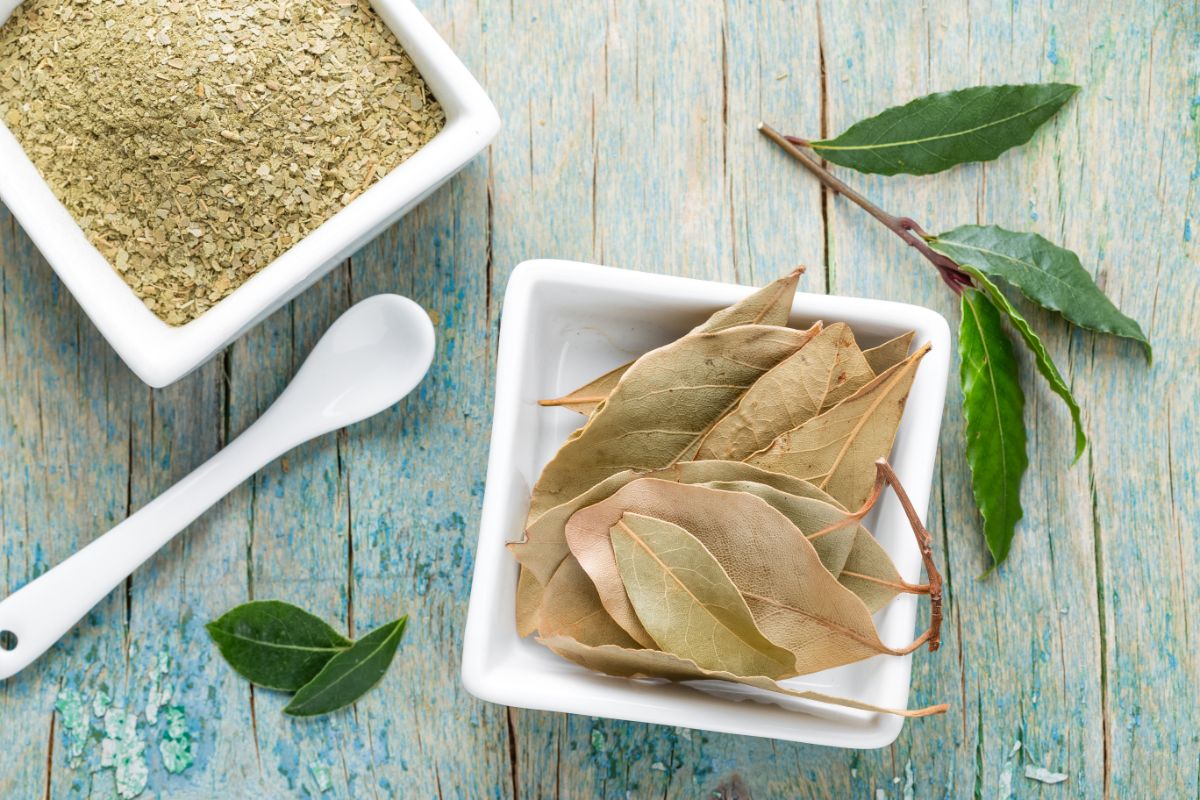
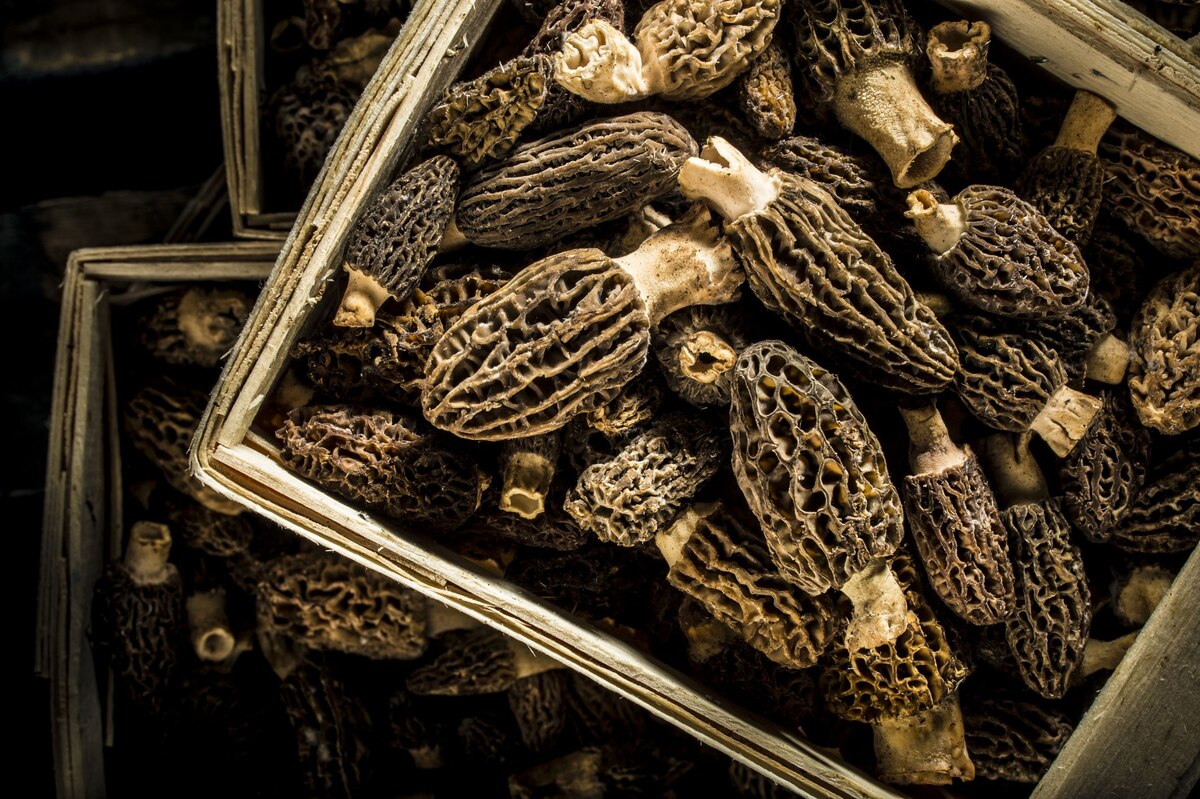
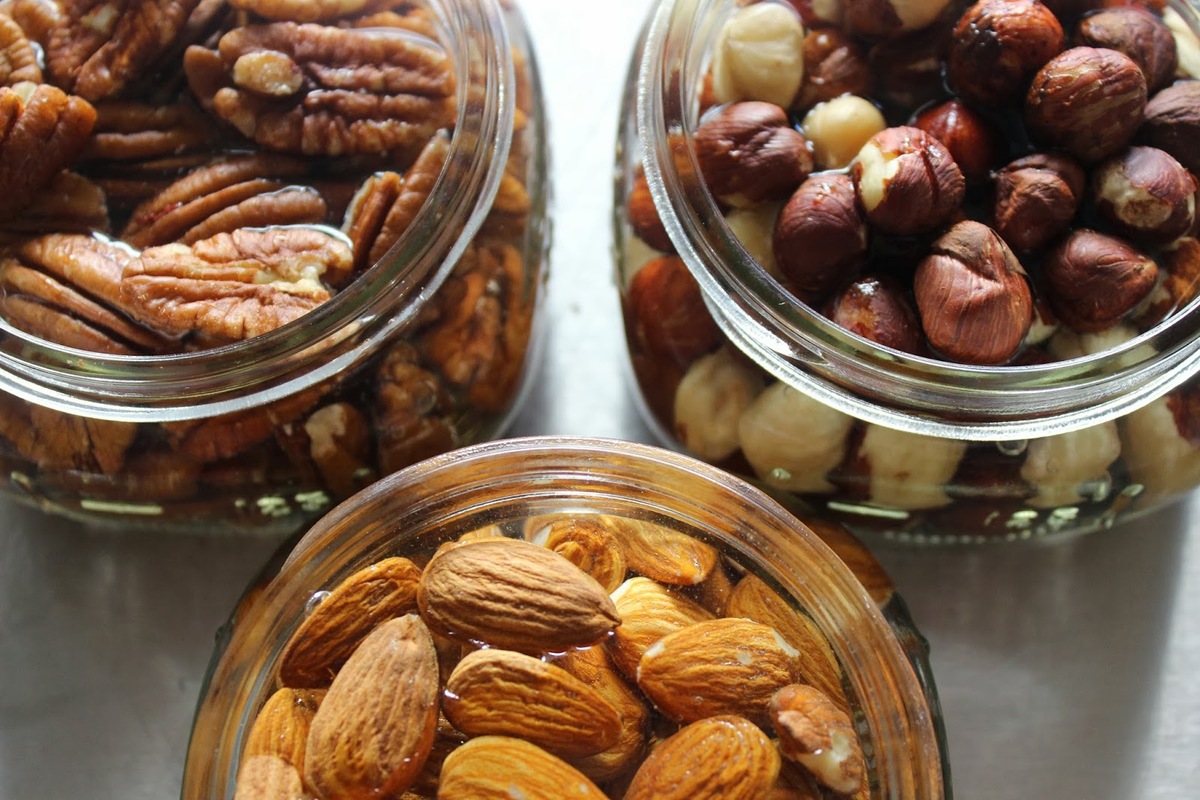
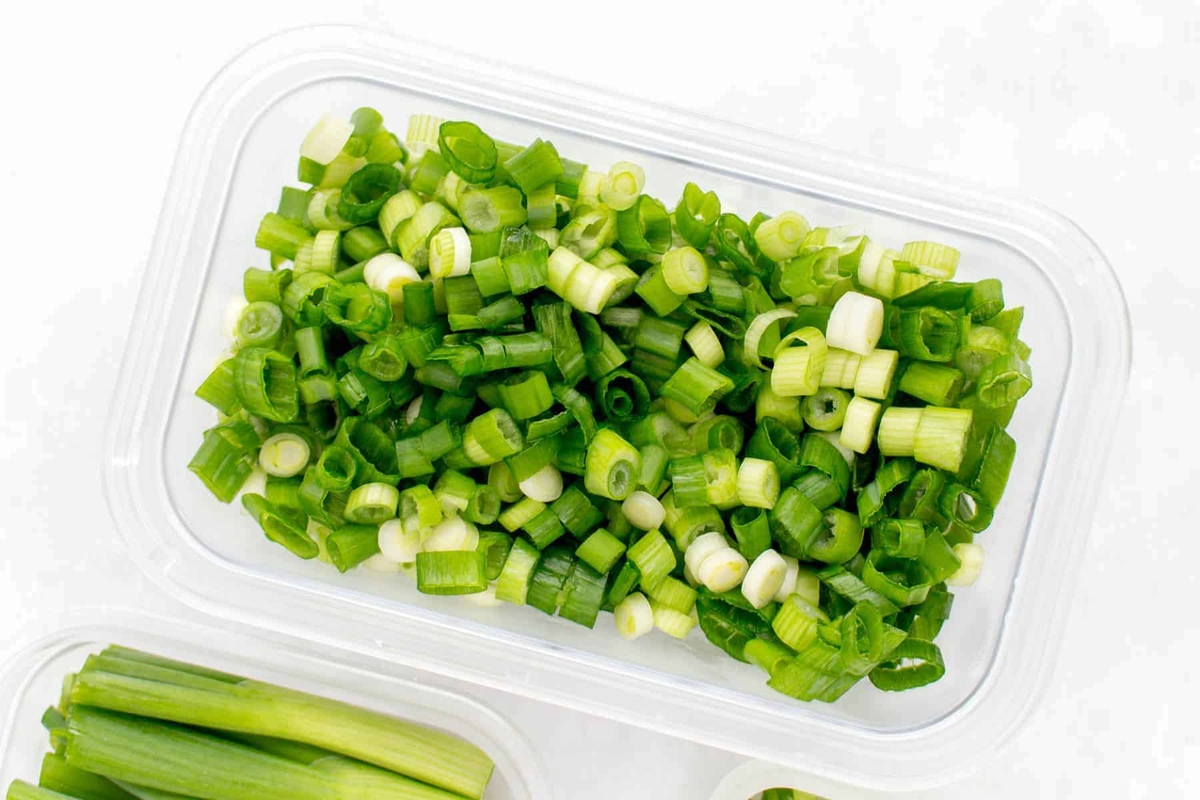
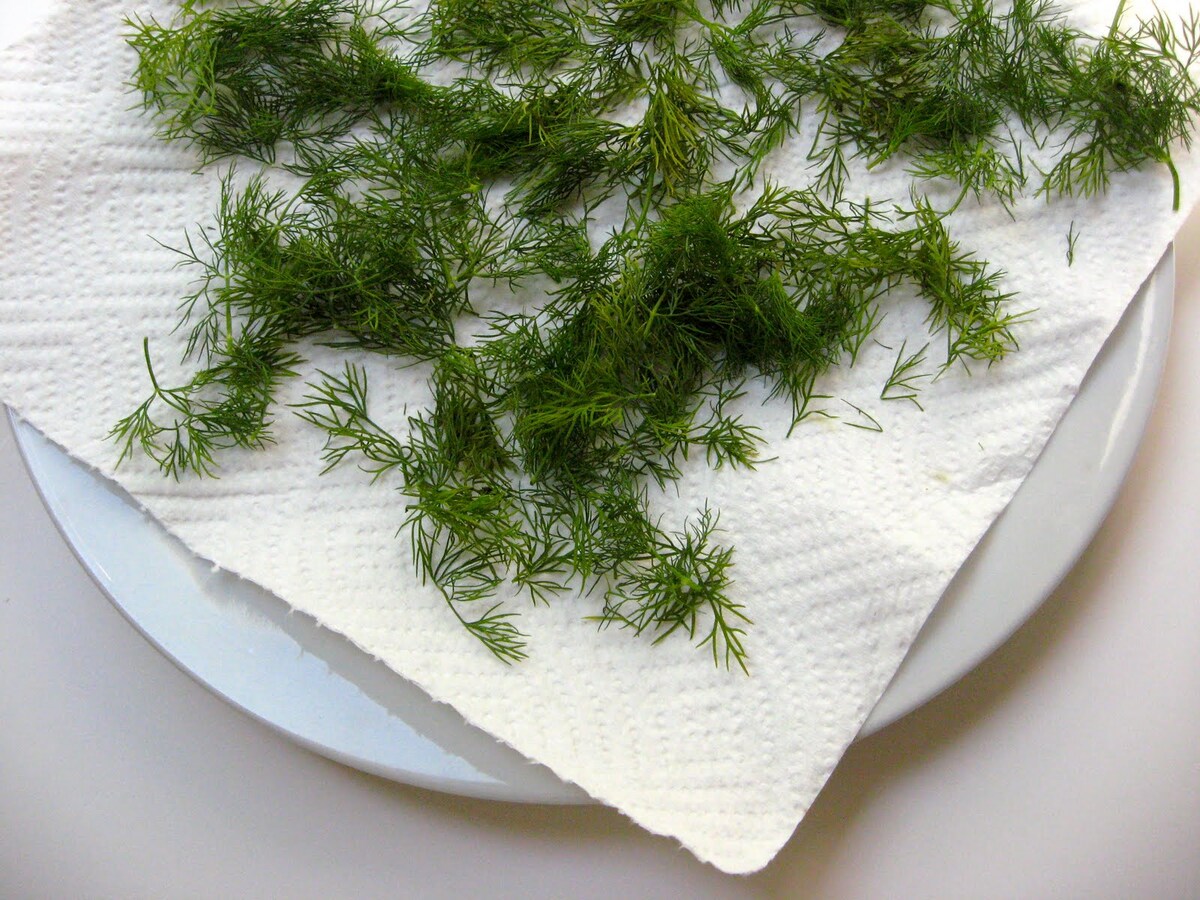
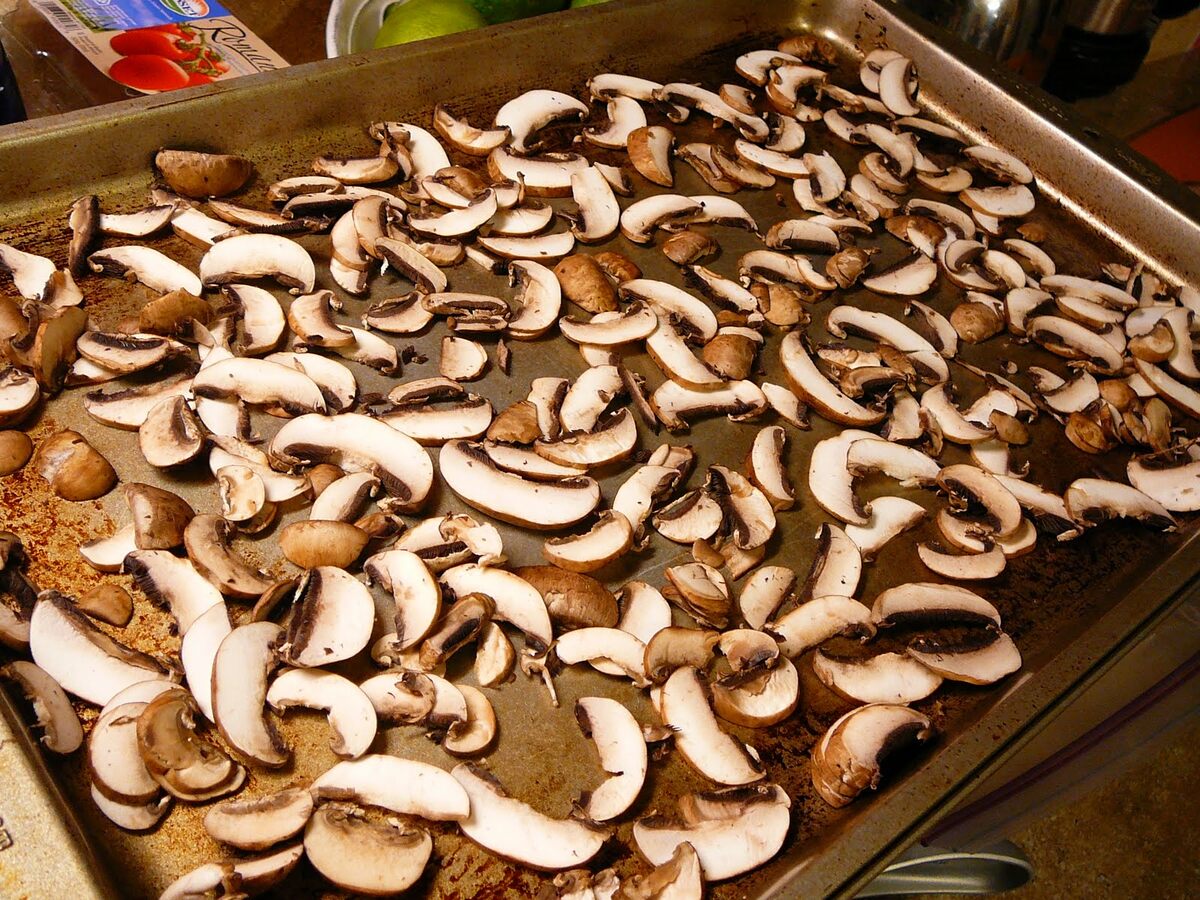
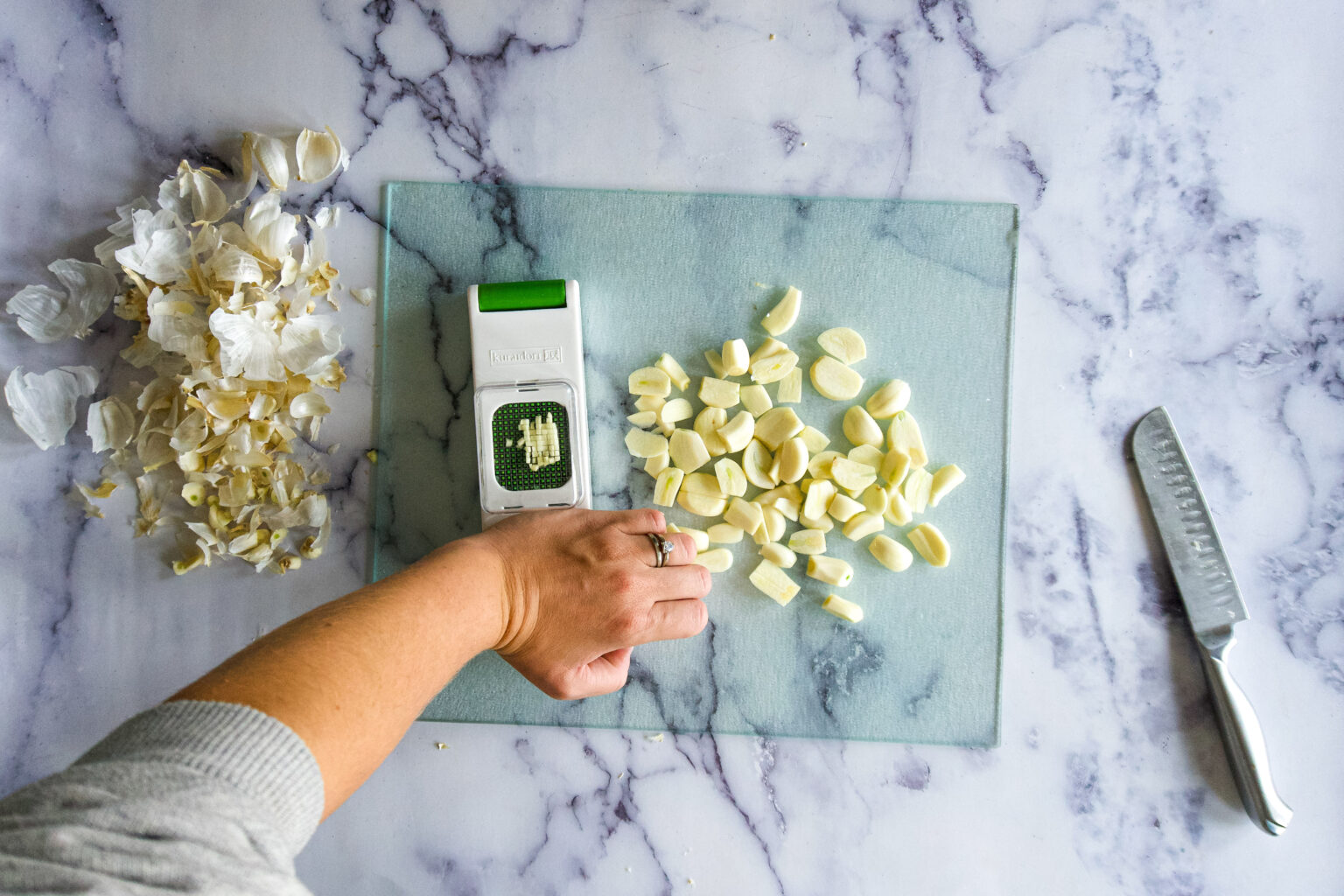
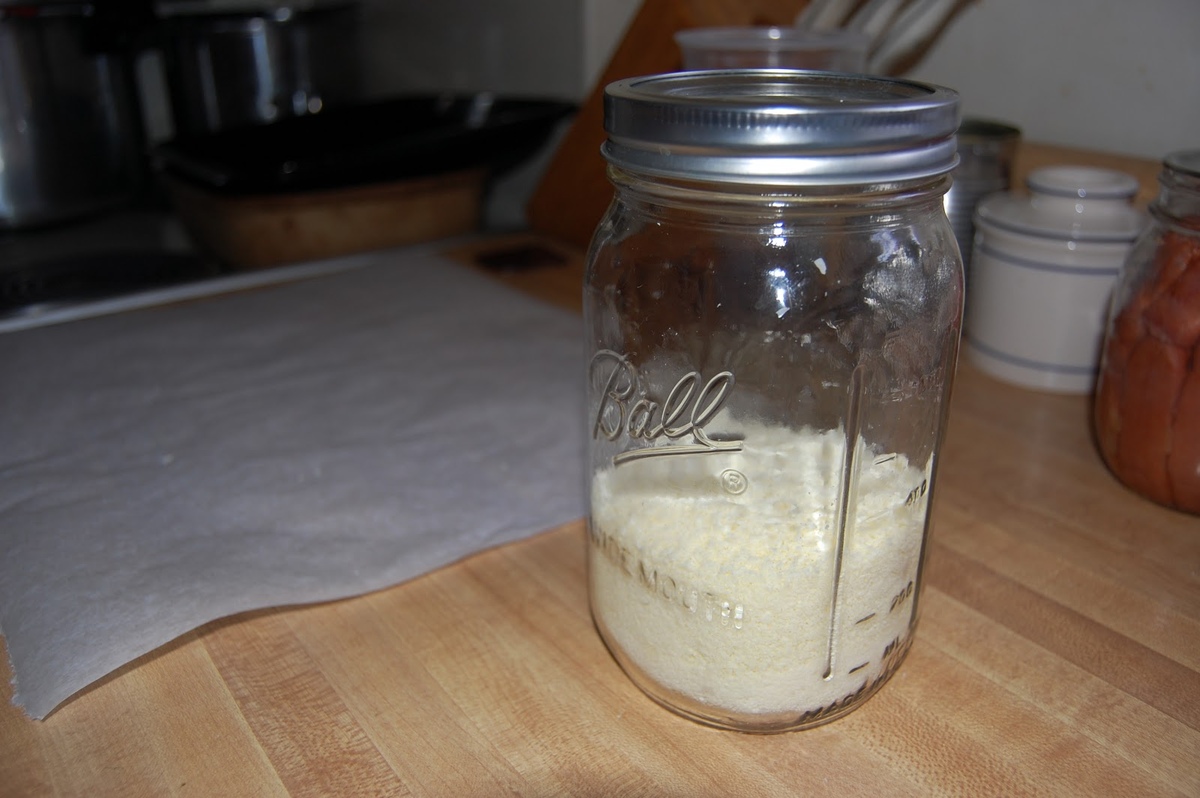
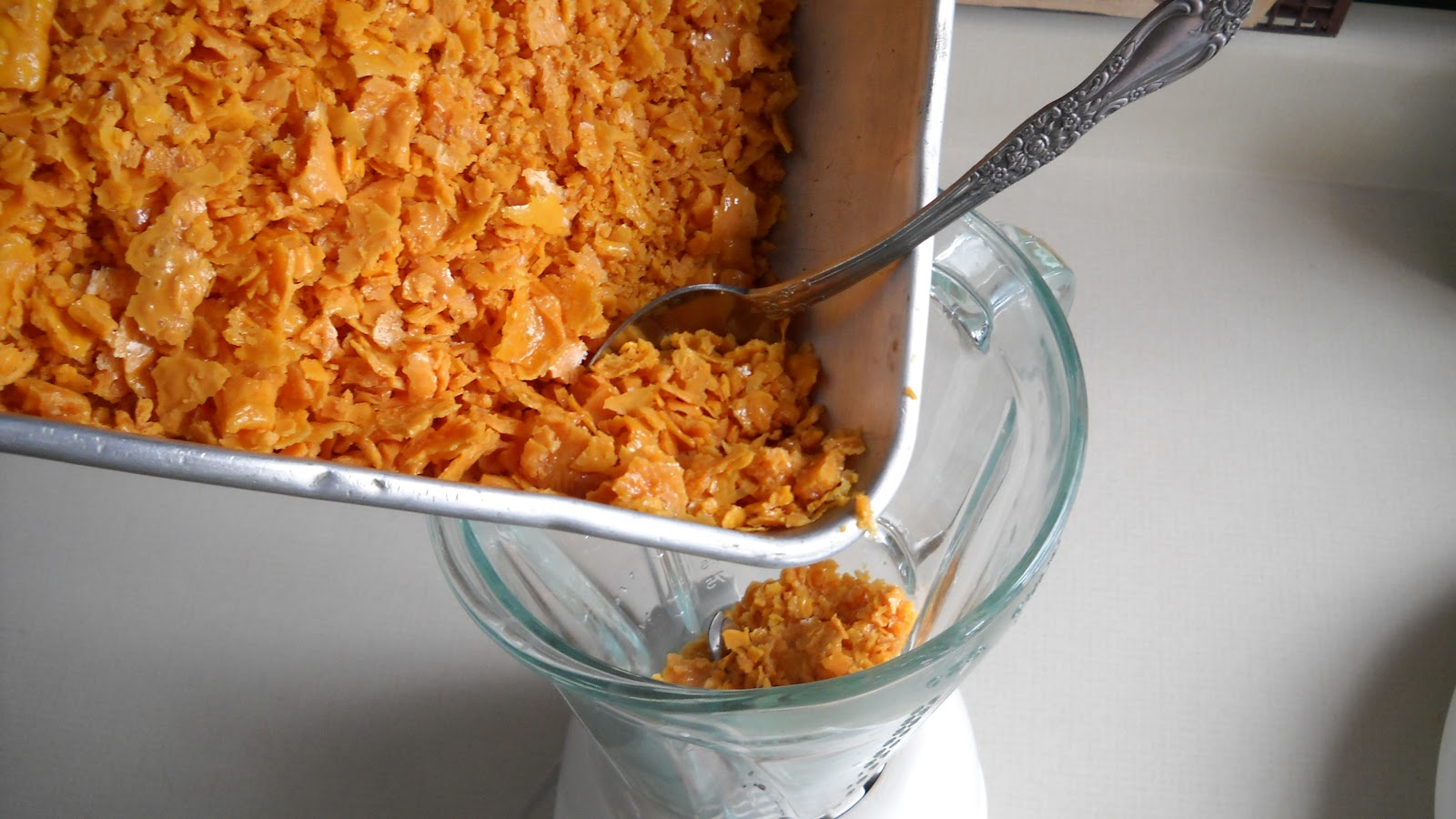
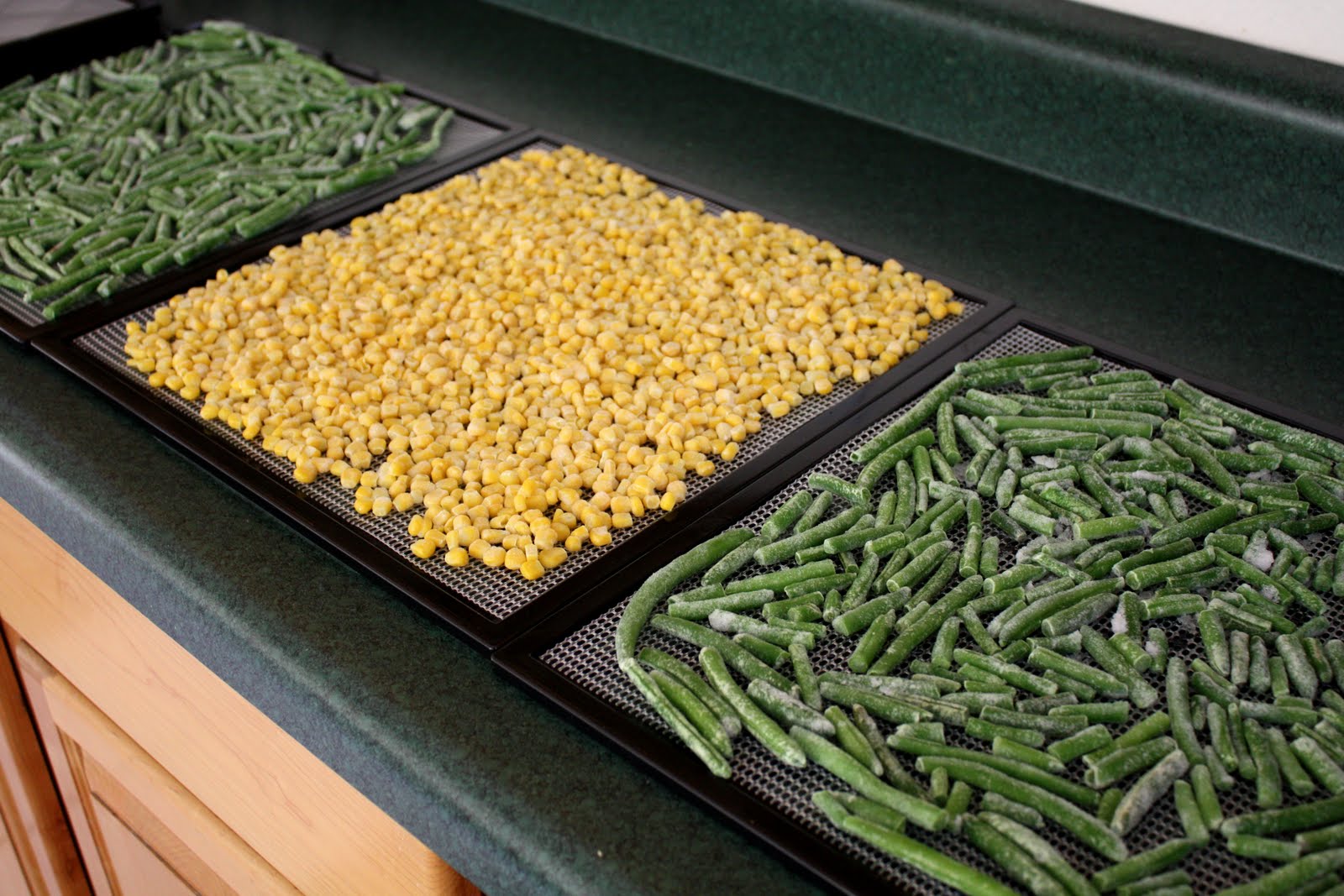
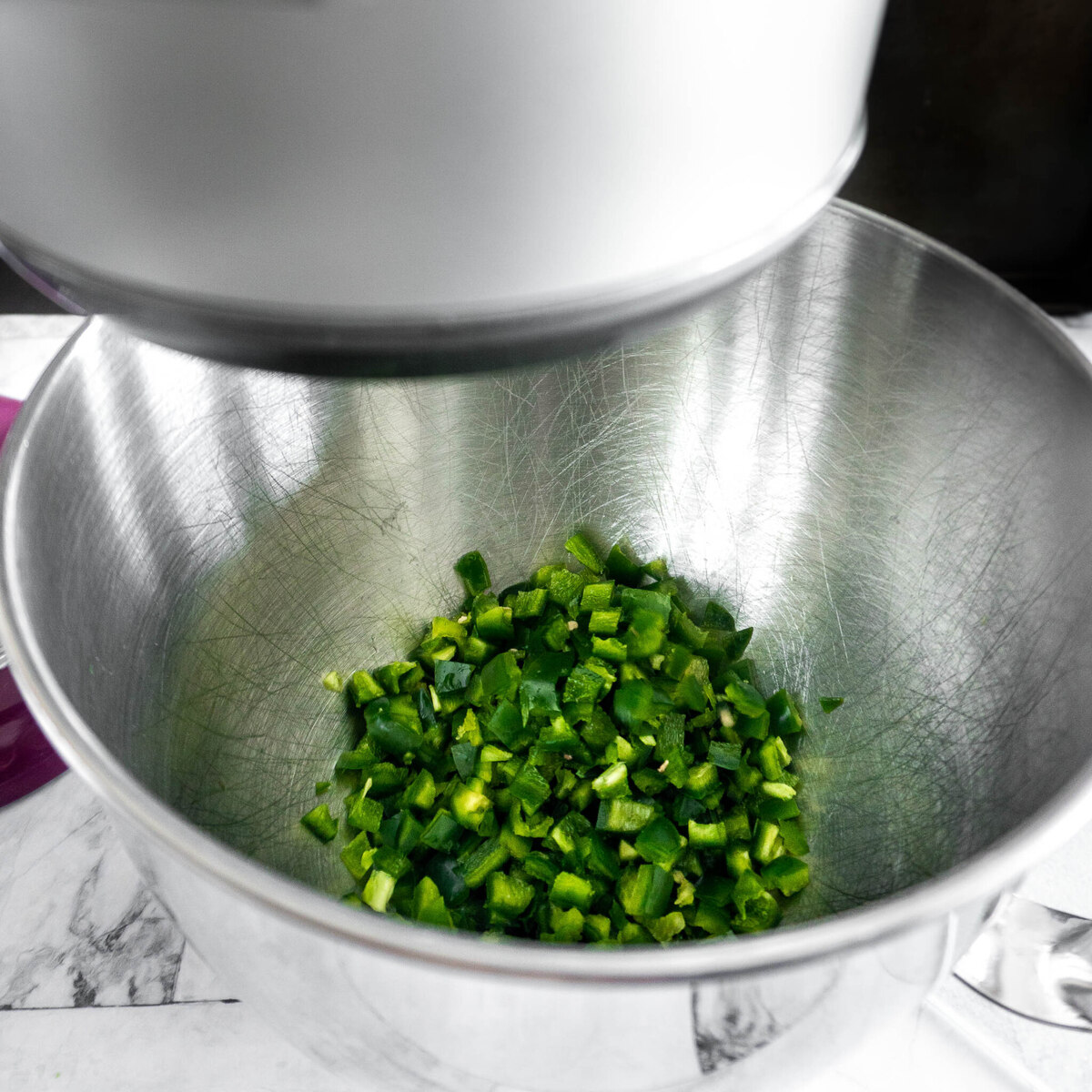
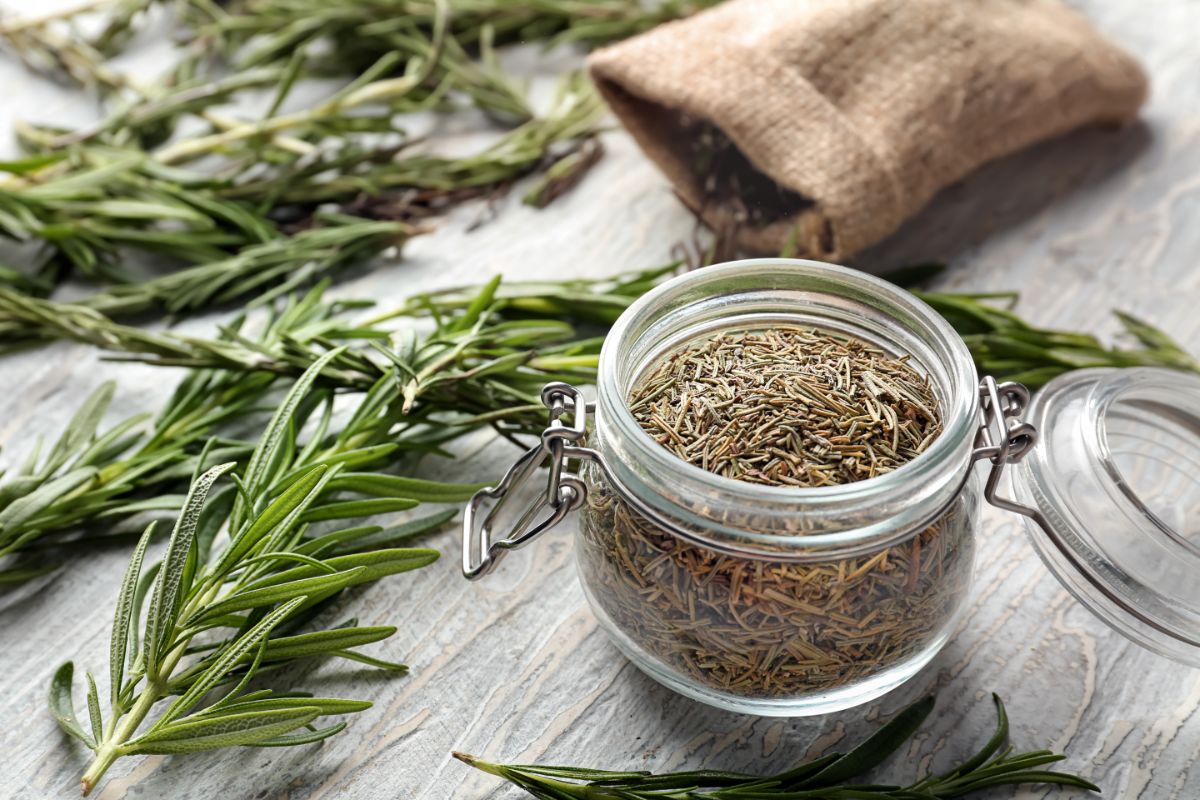
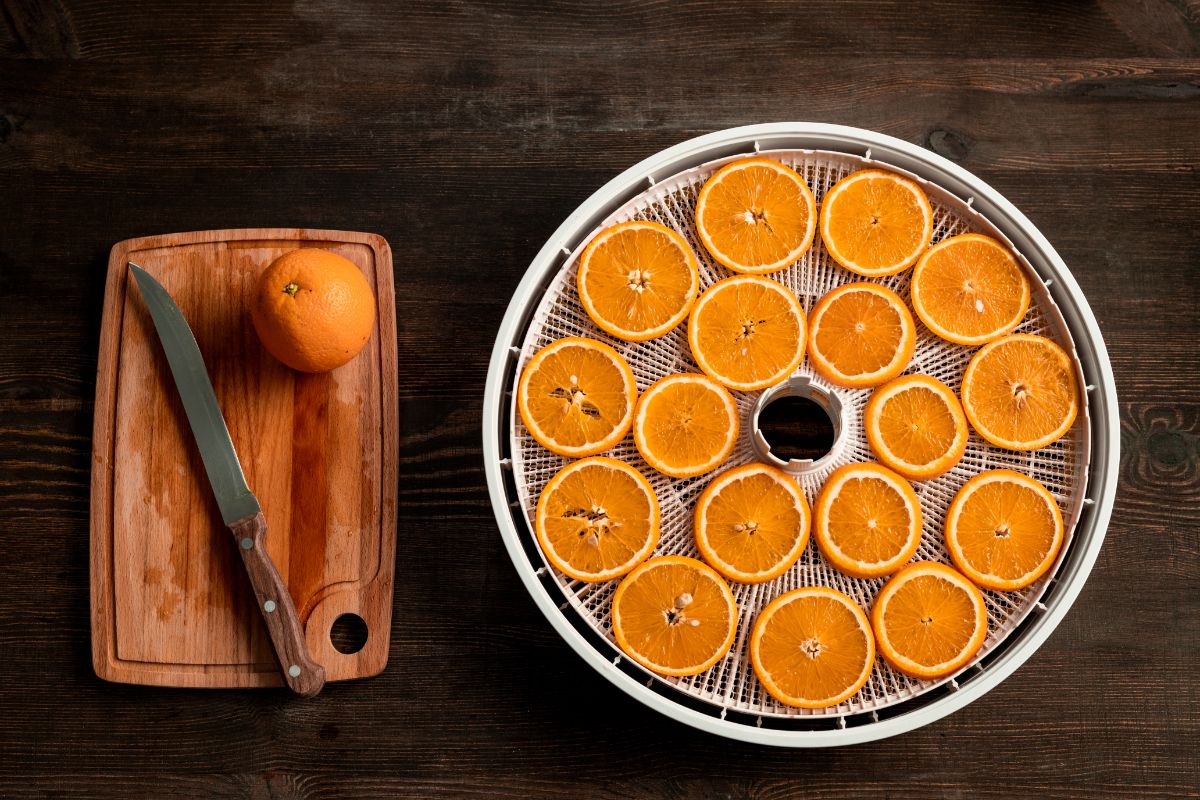
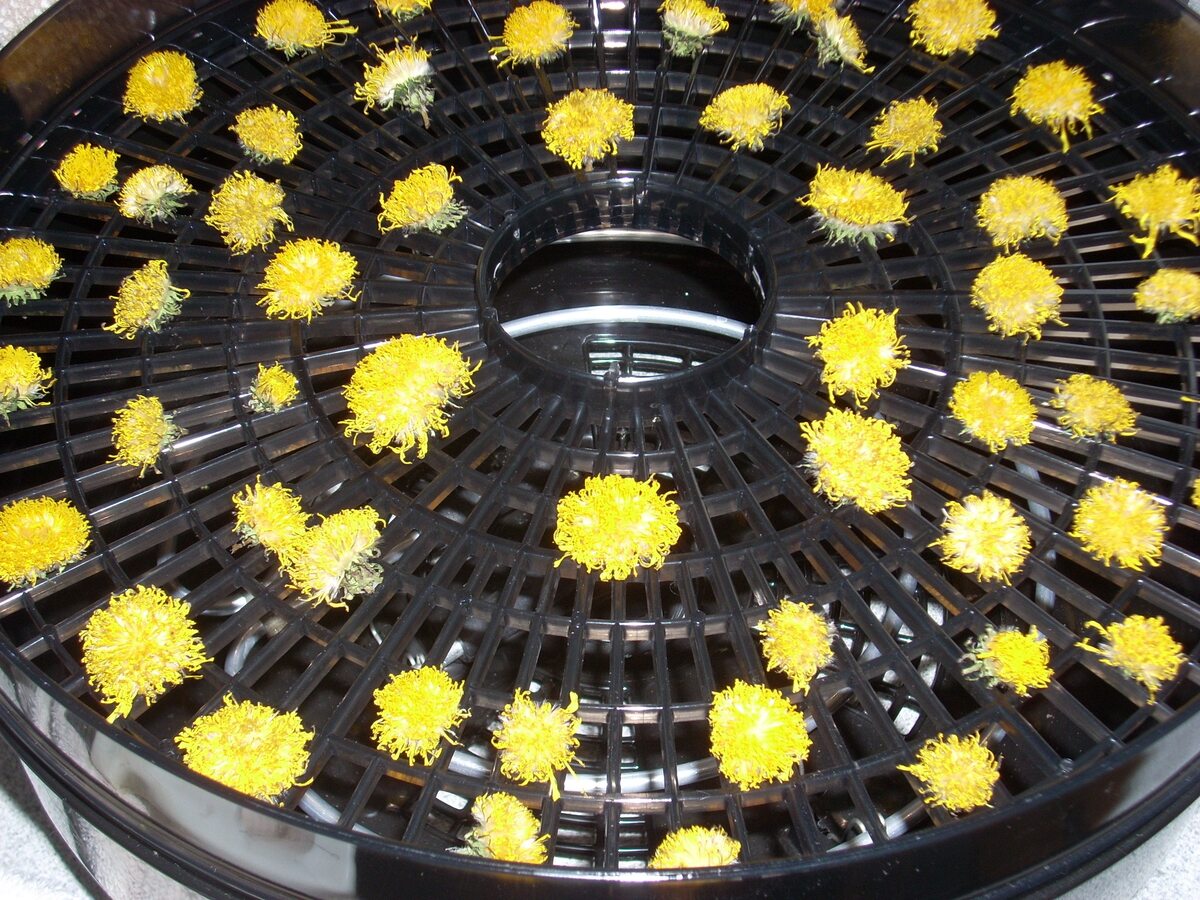

0 thoughts on “How To Dry Dandelion Leaves Without A Dehydrator”